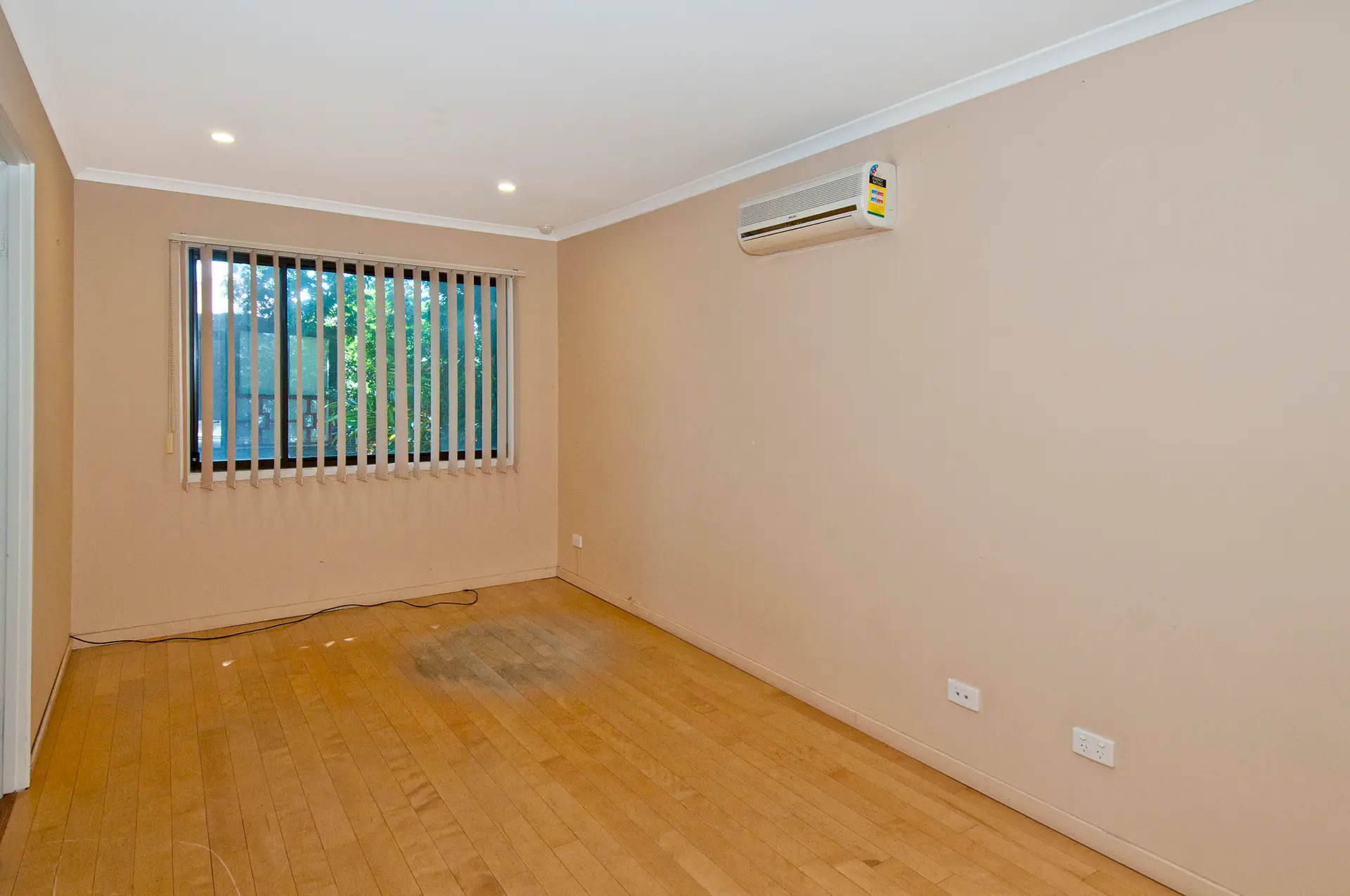
Virtual Staging Legality: A Beginner’s Primer
Introduction
Virtual staging has emerged as a powerful tool in the real estate industry, offering a cost-effective way to showcase properties to potential buyers. By digitally enhancing images, sellers can present their homes in the best possible light, sparking interest and driving sales. However, as virtual staging gains popularity, questions about its legality have arisen. In this blog, we’ll delve into the legal aspects of virtual staging, exploring what is allowed and what isn’t within the realm of Virtual Staging Legality. Let’s unravel the legal landscape surrounding this innovative practice to ensure transparency and compliance in real estate marketing.
What is Virtual Staging?
Virtual staging is a process wherein digital tools are utilized to enhance or alter images of properties. Its primary purpose is to showcase the potential of a space, helping buyers envision themselves living in the property.
This tool is favored by real estate experts because of its objectivity and many benefits such as:
- The cost is only a fraction of the cost of traditional home staging
- No need to hire movers to move furniture
- No need to rent or buy furniture and decorations
- Additionally, virtual staging is much faster than conventional home staging and can be done in less than 48 hours.
- Besides, you can satisfy any market by using different design and furniture styles
For more information, you can check out our blog post on The Impact of Virtual Staging on The Real Estate Industry.
This technique has become increasingly prevalent in real estate marketing, offering a cost-effective alternative to traditional staging methods. However, despite its benefits, virtual staging raises important legal considerations that cannot be overlooked.
Is Virtual Staging Legal?
Virtual staging is not only legal but also completely ethical. In fact, it also makes it easier for buyers to see the real flaws of the house. Physically staged furniture can hide stains and scratches – empty homes have nothing to hide. It’s important to label staged photos so customers don’t get confused. Showing before and after photos is also a great way to market, customers can easily compare and see the remodeling possibilities in their imagination.
Transparency and Disclosure in Virtual Staging Legality
One of the key aspects of Virtual Staging Legality is transparency and disclosure. It’s essential for real estate professionals to disclose when images have been digitally staged to avoid misleading potential buyers. Transparency builds trust and credibility, fostering positive relationships with clients and ensuring compliance with legal requirements. By clearly stating that images have been virtually staged, buyers can make informed decisions about the properties they’re considering.
Below are some ways you can use virtual staging honestly, ethically, and legally:
Display Staged and Non-Staged Photos
Virtually staged photos added to the MLS or real estate portal (or shared anywhere, in that case) should be labeled with “Virtual Staging.” This is the most honest and transparent way to present your photos.
You can add a mark in the corner of the photo as follows:

Or you can present before and after photos with the caption below which photo is staged as follows:

Before: Empty Room

After: Virtual Staging by Digihomestudio.com
Add a Disclosure Text in the Description
In addition to labeling each virtually staged image with a watermark, you should also mention it in the listing description. Here’s a sample disclaimer you can add to your listing description:
“Some images included in the listing have been virtually staged to help showcase the intended use and true potential of spaces in the home.”
Do not cover up defects in the property’s structure
It can be tempting to remove cracks in your walls. Or other defects in the home, but this can lead to misrepresentation claims.
Instead, staged virtual images show customers what the space would look like and how buyers could realistically alter the property.
For example, removing certain items or adjacent property structures from your images is strictly prohibited. Or add permanent features that don’t exist, such as fireplaces, windows or other property add-ons.
Comply with MLS rules
While most listing services allow agents to add real estate photos with branding on them, some do not. Before posting a branded photo to a listing, check with your MLS to ensure doing so does not violate your MLS policies.
Ethical Implications of Virtual Staging Legality
In addition to legal considerations, virtual staging also raises ethical concerns. Maintaining honesty and integrity in real estate marketing is paramount, and virtual staging should be used responsibly to enhance, rather than distort, buyers’ understanding of a property. Balancing marketing goals with ethical standards is essential for building trust and credibility in the real estate industry.
Best Practices for Virtual Staging Legality
It can be said that virtual staging is a place to show real estate’s potential quickly and at an affordable price, helping many agents, sellers and buyers.
And as long as you disclose that your listing photo is mostly staged, you’ll avoid misrepresentation.
Remember, the main purpose of any real estate media is to convey accurate and attractive visual images of the property to expedite the sales process.
Digihomestusio.com is the place that can help you!
Conclusion
In conclusion, Virtual Staging Legality is a critical aspect of real estate marketing that cannot be ignored. By understanding the legal considerations, maintaining transparency and disclosure, and adhering to ethical standards, real estate professionals can effectively leverage virtual staging to showcase properties and attract buyers. Building trust and credibility through responsible use of virtual staging is essential for success in today’s competitive market. By prioritizing Virtual Staging Legality, real estate professionals can ensure compliance, foster positive relationships with clients, and achieve optimal results in their marketing efforts.





Leave a Reply